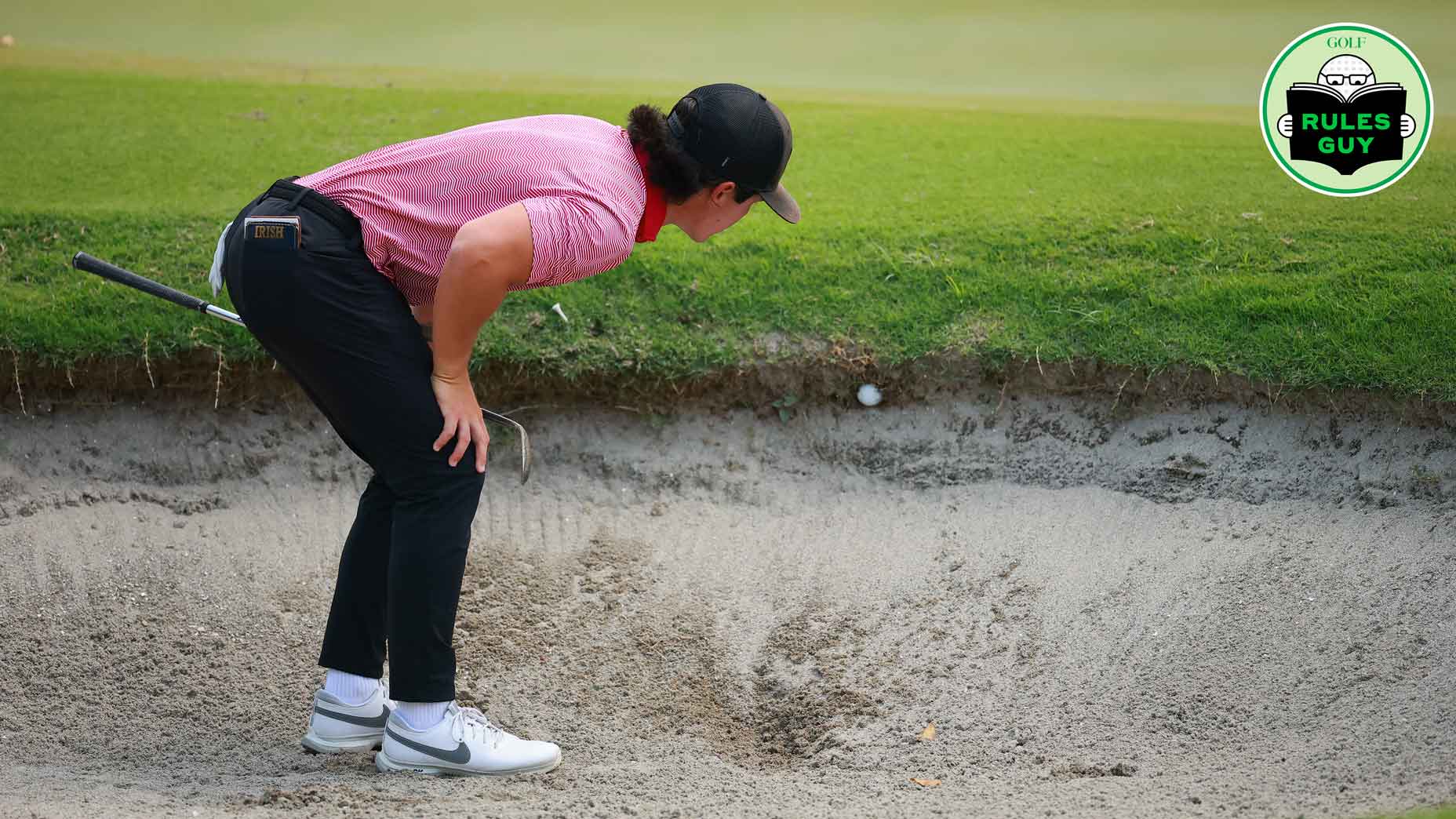Elite players often talk about the importance of focusing on a precise distance target— a wisp of cloud, a dark patch in the fairway, a leaf on the green—during their pre-shot routine. This “aim small, miss small” concept is pulled straight from the shooting and archery worlds, where millimeters often dictate who wins and loses. Unlike a bull’s-eye, however, golf’s fairways and greens are dozens of yards wide. In most cases, simply stopping the ball within their friendly confines gets the job done. Could a wider target focus, then, be more useful in a wider-target game? We put this hypothesis to the test. The results just may surprise you.
FROM THE TEE
THE STUDY: Golfers (32 total, avg. handicap: 12.8) hit three drives after selecting a precise distant target (the middle of the fairway) in their pre-shot routine, and three drives after focusing on a wide target (the width of the fairway, bracketed by yellow ropes). Target order was randomized, and testers hit both driver and 3-wood.
THE RESULTS: Despite 72 percent of the study participants admitting to using small targets in actual rounds, the group found the fairway more often (60 percent of attempts) when aiming at the wider target than when locked in on the precise one (50 percent). Moreover, drives hit while focusing on the wide target carried three percent farther, for an average distance gain of 6.2 yards. Similar, though less significant, distance and accuracy gains were also reported when players teed off with a 3-wood while widening the target.
THE RECOMMENDATION: Choose a wide target off the tee.
FROM THE FAIRWAY
THE TEST: A new set of 30 golfers (avg. handicap: 12.4) hit three shots to a 15-yard-wide target on the green using both 6- and 9-irons, and three shots with both clubs to a spot in the direct center of the wide target. (Again, shot order was randomized). The wide target was framed by 10 white traffic cones for max visibility.
THE RESULTS: Minimal difference in accuracy and dispersion from standard 6- and 9-iron distances was reported (see data, right), although the group did hit the shots taken with a 6-iron nearly seven yards longer on average when dialed into the wider target.
THE RECOMMENDATION: Aiming small shows no statistical effectiveness over aiming wide on approach shots, casting serious doubt on the “aim small, miss small” theory. They also indicate that target size is personal: some players are more successful when focused on a small target when hitting irons, while others fare better by casting a wider net. Your best bet? See sidebar, right.
AROUND & ON THE GREEN
THE STUDY: A third set of participants (30 golfers, avg. handicap: 13.9) hit 12 different short-game shots—three putts from various short distances, three putts from various lag distances, three chips from common yardages, and three pitches ranging from 48 to 72 feet—first while focused on a small target (a dot on the hole when putting from short range, and the hole itself on all other short-game shots), and then while using a wide target (the hole itself on short putts, and a six-foot circle on the other shots).
THE RESULTS: As with approach shots, no appreciable edge was reported by focusing on either a large or small target. The only clear finding is that the popular belief that it’s better to aim at a small target than a less-defined one to knock putts, chips and pitches closer to the hole (or in) is simply that—a belief. This held true for all handicap levels, which ranged from scratch to 27.
THE RECOMMENDATION: Experiment with both target types.
CONCLUSIONS
1. AIM WIDE OFF THE TEE: Golfers drove the ball straighter and slightly farther, on average, with both 3-wood and driver. Not a bad combo. A possible explanation for these findings is that aiming at a wide target allows you to swing freer or more “naturally” with less cognitive control of your movements. Less cognitive control means that you don’t think about or attempt to steer your swing. You just swing—and swing faster.
2. TRY DIFFERENT TARGETS EVERYWHERE ELSE: Taking a one-target approach (either small or large) isn’t for everyone on approach and short-game shots, as the study showed. The only way to know what size target you should use is to experiment. Our suggestion: Compare rounds, not simply swings on the range, where you exclusively apply one target size throughout. Keep in mind that roughly half the study participants performed better when using wide targets, though more than 70 percent of them traditionally use small targets during play. There’s a mismatch out there that could be costing you strokes.





